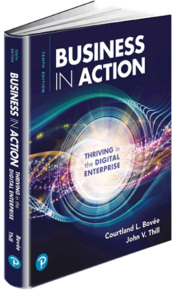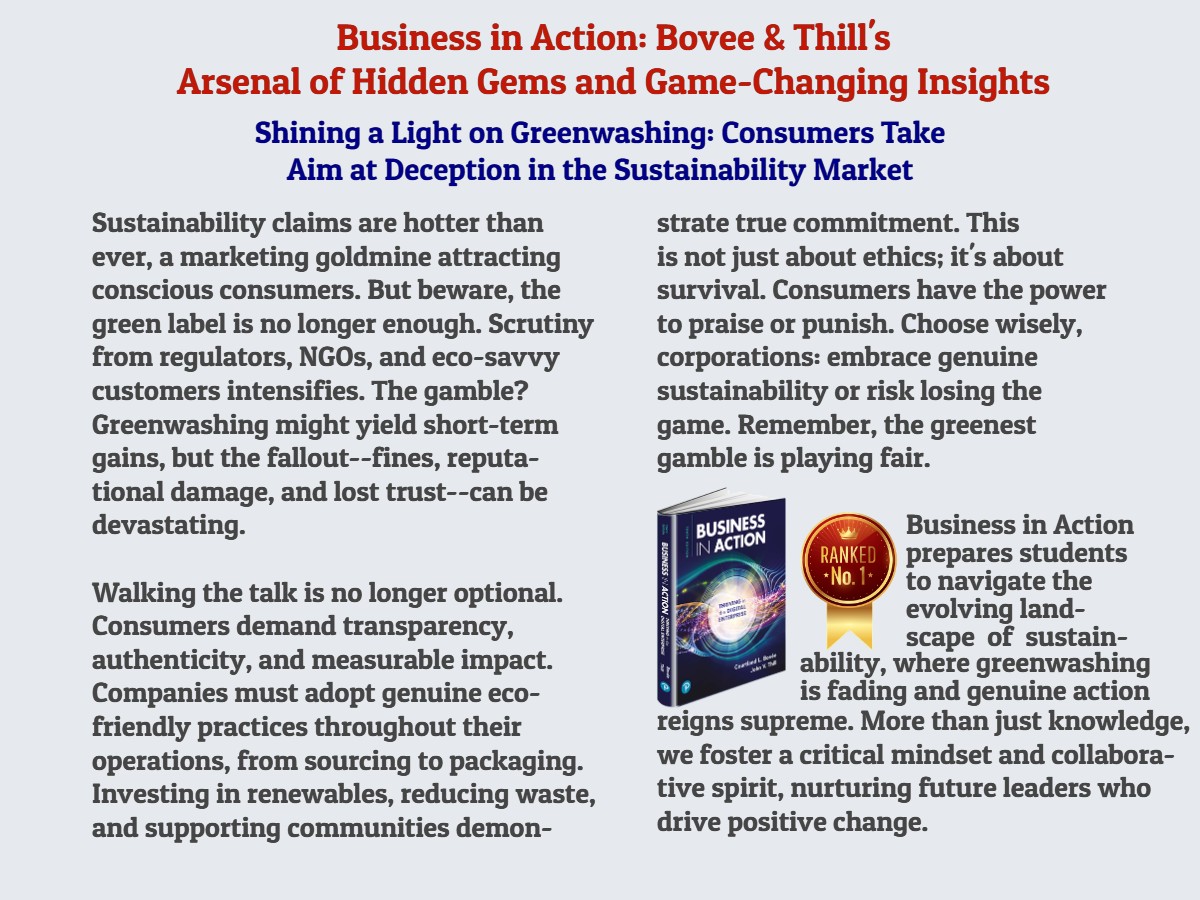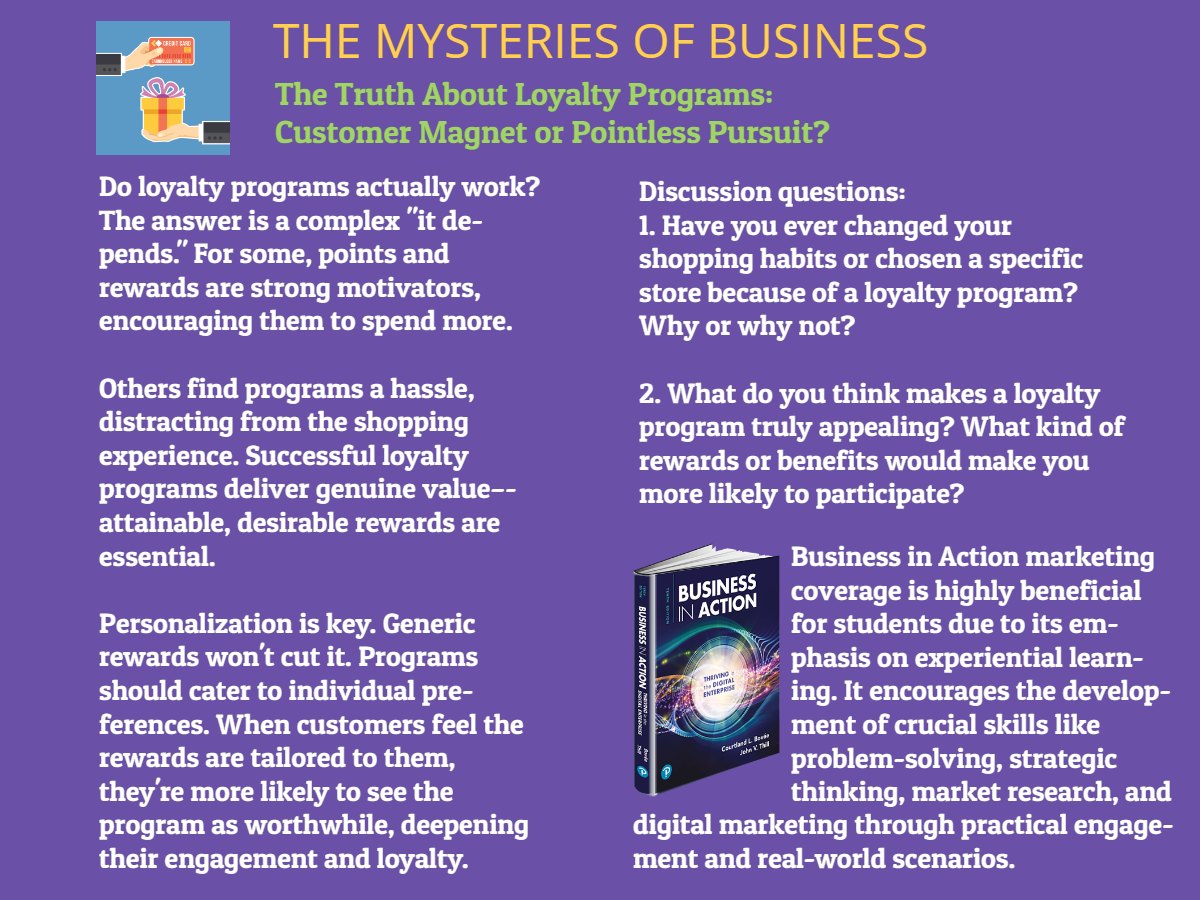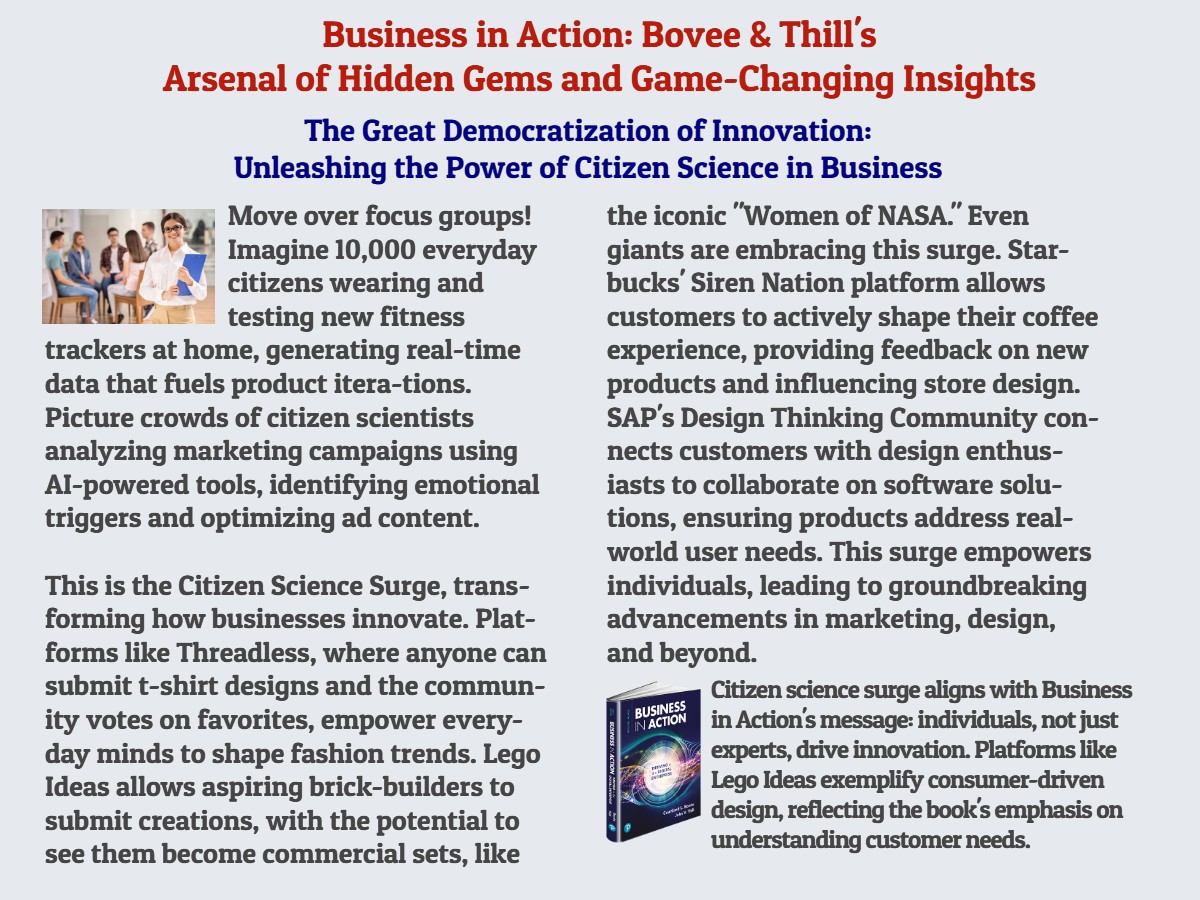 Introduction to Business instructors play a crucial role in preparing students for success in the professional world. However, they often face a range of challenges, including academic dishonesty and disruptive behavior. This article explores effective strategies for dealing with cheating, plagiarism, and verbal abuse in the Introduction to Business classroom.
Introduction to Business instructors play a crucial role in preparing students for success in the professional world. However, they often face a range of challenges, including academic dishonesty and disruptive behavior. This article explores effective strategies for dealing with cheating, plagiarism, and verbal abuse in the Introduction to Business classroom.
Preventing and Detecting Cheating and Plagiarism
Cheating and plagiarism undermine the integrity of the learning process and fail to equip students with essential business skills. To discourage academic dishonesty, instructors should communicate expectations and consequences at the beginning of the course.[1] This includes defining what constitutes cheating and plagiarism, outlining penalties, and emphasizing the importance of academic integrity.
Instructors can also employ various tools and techniques to detect and prevent cheating and plagiarism. These include using plagiarism detection software, designing assessments that require original thought and analysis, and employing multiple versions of exams.[2] Regularly updating assignments and incorporating more in-class writing and presentations can also reduce opportunities for dishonesty.
When incidents of cheating or plagiarism do occur, it's important to address them promptly and consistently in accordance with institutional policies. Meeting with the student privately to discuss the issue, document the incident, and determine appropriate consequences can help deter future violations.[3]
Handling Verbal Abuse and Disruptive Behavior
Verbal abuse and disruptive behavior from students can create a hostile learning environment and undermine instructor authority. To prevent such incidents, instructors should set clear expectations for respectful communication and behavior in the syllabus and reinforce these throughout the course.[4]
If a student engages in verbal abuse or disruptive behavior, the instructor should remain calm and professional while firmly addressing the issue. This may involve asking the student to leave the classroom, ending the conversation, or involving campus security if the situation escalates.[5] Documenting the incident and following up with the student and relevant administrators is also important.
Instructors should also prioritize their own safety and well-being. This may involve setting boundaries around communication, such as only responding to emails during business hours and not engaging with abusive messages. Seeking support from colleagues, department heads, or campus resources can also help instructors navigate challenging situations.[6]
Promoting a Positive Learning Environment
While addressing specific incidents of misconduct is important, fostering a positive and inclusive learning environment can help prevent such issues from arising. This involves building rapport with students, creating opportunities for meaningful engagement and collaboration, and modeling respectful communication.[7]
Instructors can also incorporate lessons on ethical communication, responsible research practices, and professional conduct into the curriculum. By emphasizing the real-world applications and consequences of these skills, instructors can help students understand the importance of integrity and respect in both academic and professional contexts.
How to Build a Culture of Respect and Integrity
Dealing with cheating, plagiarism, and verbal abuse is an ongoing challenge for Introduction to Business instructors. By setting clear expectations, employing prevention and detection strategies, and responding firmly and consistently to misconduct, instructors can uphold academic integrity and maintain a conducive learning environment. Investing in positive relationships with students and emphasizing the importance of ethical business skills can help build a culture of respect and integrity in the classroom and beyond.
References
[1]: Charles R. Knapp et al., "Promoting Academic Integrity: Strategies for Preventing Cheating and Plagiarism," in The Routledge Companion to Business Ethics, ed. Tobey Scharding (New York: Routledge, 2021), 291-304.
[2]: Edward J. White and M. Lance Frazier, "Detecting and Discouraging Plagiarism in Business Communication Courses," Business and Professional Communication Quarterly 81, no. 3 (2018): 279-298.
[3]: Knapp et al., "Promoting Academic Integrity."
[4]: Amy D'Olivo and M'Liss Hindman, "Incivility in the Classroom: A Model for Prevention," Business and Professional Communication Quarterly 84, no. 2 (2021): 223-240.
[5]: Ibid.
[6]: D'Olivo and Hindman, "Incivility in the Classroom."
[7]: White and Frazier, "Detecting and Discouraging Plagiarism."
 Business in Action
Business in Action
Business in Action is the ideal Introduction to Business textbook for instructors facing challenges like academic dishonesty and disruptive behavior. The text proactively addresses these issues by emphasizing ethical decision-making, professional communication, and personal integrity throughout its content. Its practical, applied approach helps students understand the real-world consequences of their actions and choices. By fostering a culture of respect and responsibility, Business in Action equips students with the mindset and skills needed to succeed both academically and professionally.
Comprehensive instructor resources make Business in Action an invaluable tool for creating a positive, productive learning environment. The text's engaging examples, case studies, and interactive exercises encourage active learning and critical thinking, reducing the likelihood of cheating and plagiarism. Its emphasis on collaborative problem-solving and respectful dialogue helps prevent verbal abuse and disruptive behavior.
Business in Action's focus on real-world applications and ethical dilemmas prepares students for the challenges they will face in their careers. By integrating topics like corporate social responsibility, diversity and inclusion, and professional ethics, the text helps students develop a strong moral compass and a commitment to integrity. As a result, Business in Action not only supports instructors in dealing with classroom challenges but also sets students up for long-term success in business.





 Discussion Questions and Answers:
Discussion Questions and Answers:

 "Artificial intelligence's impact on the world is momentous, yet it can feel almost invisible at the same time. Consider modern conveniences like Netflix recommendations, Facebook's suggested articles, and even Google's search page. These are all the result of AI, and they've become so ingrained in peoples' daily lives that they are almost unnoticed."
"Artificial intelligence's impact on the world is momentous, yet it can feel almost invisible at the same time. Consider modern conveniences like Netflix recommendations, Facebook's suggested articles, and even Google's search page. These are all the result of AI, and they've become so ingrained in peoples' daily lives that they are almost unnoticed."